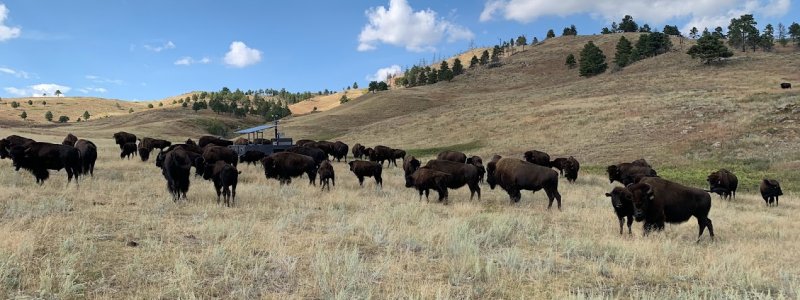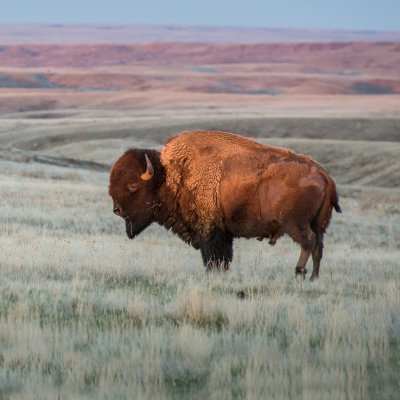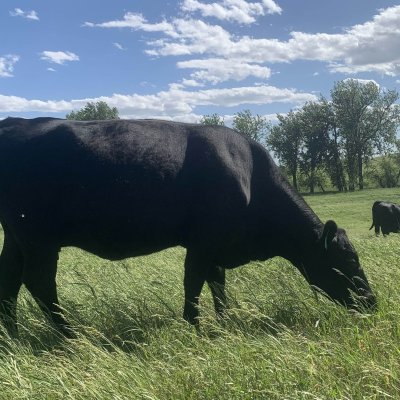The Grass is Greener on the Other Side: Developing Climate-Smart Beef and Bison Commodities
Today's livestock producers face increasing public scrutiny because animal agriculture is often cited as a major contributor to greenhouse gas emissions. However, this negative perception does not take into account the carbon sequestration benefits of grazing livestock. Grazing beef cattle and bison are key to healthy grassland ecosystems and provide the most nutrient-dense source of protein available for human consumption. Additionally, ranchers are known as excellent stewards of the land, soil, water, and livestock under their care.

Many strategies exist to provide incentives to livestock producers to enact climate-smart land management practices, such as the NRCS EQIP program that rewards producers for practices such as prescribed grazing, planting cover crops, and improving riparian and watershed function. A major limitation is the lack of a market to attach premiums and provide economic returns to livestock produced using these established practices.
This project is generously funded by the USDA’s Partnerships for Climate-Smart Commodities program. More information on other climate-smart projects can be found online.
Contacts for Climate-Smart Inquiries and Information:
Goals
The long-term goal of this project is to create market opportunities for live beef and bison commodities that are produced using climate-smart practices. The specific goals are:
- Quantify, monitor and verify the carbon and greenhouse gas benefits that come from employing various climate-smart practices on beef and bison ranches.
- Guide and educate producers on the practices that are best suited to their operations.
- Manage data generated across ranches to inform management decisions and position producers to enter into new market opportunities.
- Initiate climate-smart beef and bison commodity markets that will reward producers for implementing climate-smart practices to meet consumer demand.




